Recognize and understand
what plants need.
The key to success.
Technology does NOT replace nature.
It's about using technology
to understand nature.
Drip irrigation.
The right amount of water and fertilizer
at the right moment.
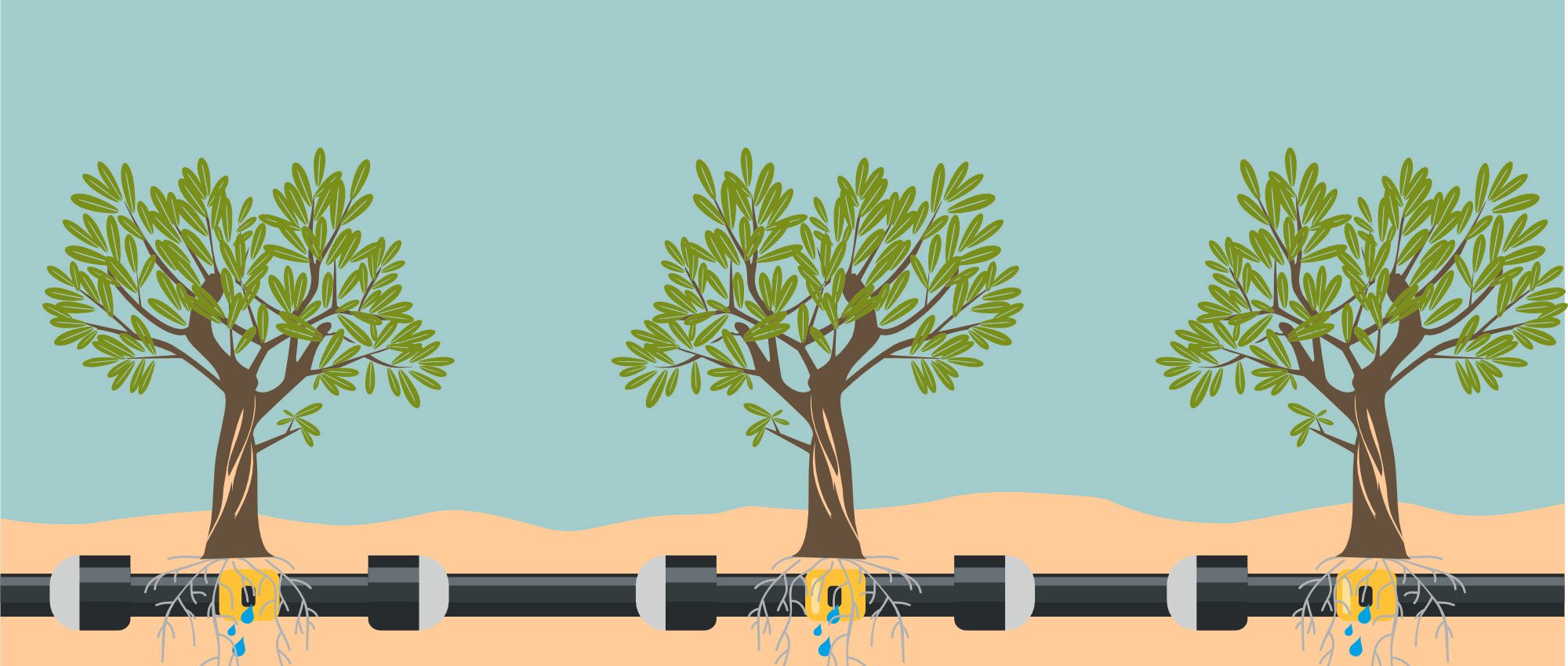
Micro-irrigation and sensors in agriculture
The use of micro-irrigation systems along with soil moisture sensors, soil temperature sensors and nutrient sensors allows farmers to precisely precisely match irrigation and fertilization to the needs of their crops. This offers several advantages:
- Resource efficiency:
By measuring actual soil moisture, irrigation can be optimized, saving water resources and fertilizer. - Healthy plant growth:
The plants receive just the right amount of water and nutrients, resulting in healthy growth. This minimizes stress on the plants and reduces susceptibility to diseases and pests. - Increase in yield:
Precise control of irrigation and fertilization can increase yields as plants thrive in optimal conditions. - Environmental friendliness:
By avoiding over-irrigation and excessive fertilization, the environmental impact of unused resources is reduced. - Soil protection:
Healthy soil is crucial for long-term agricultural success. By matching cultivation to the needs of the soil and plants, soil quality is maintained and improved.
Overall, this precise technology helps improve the sustainability of agriculture, increase yields and preserve biodiversity.
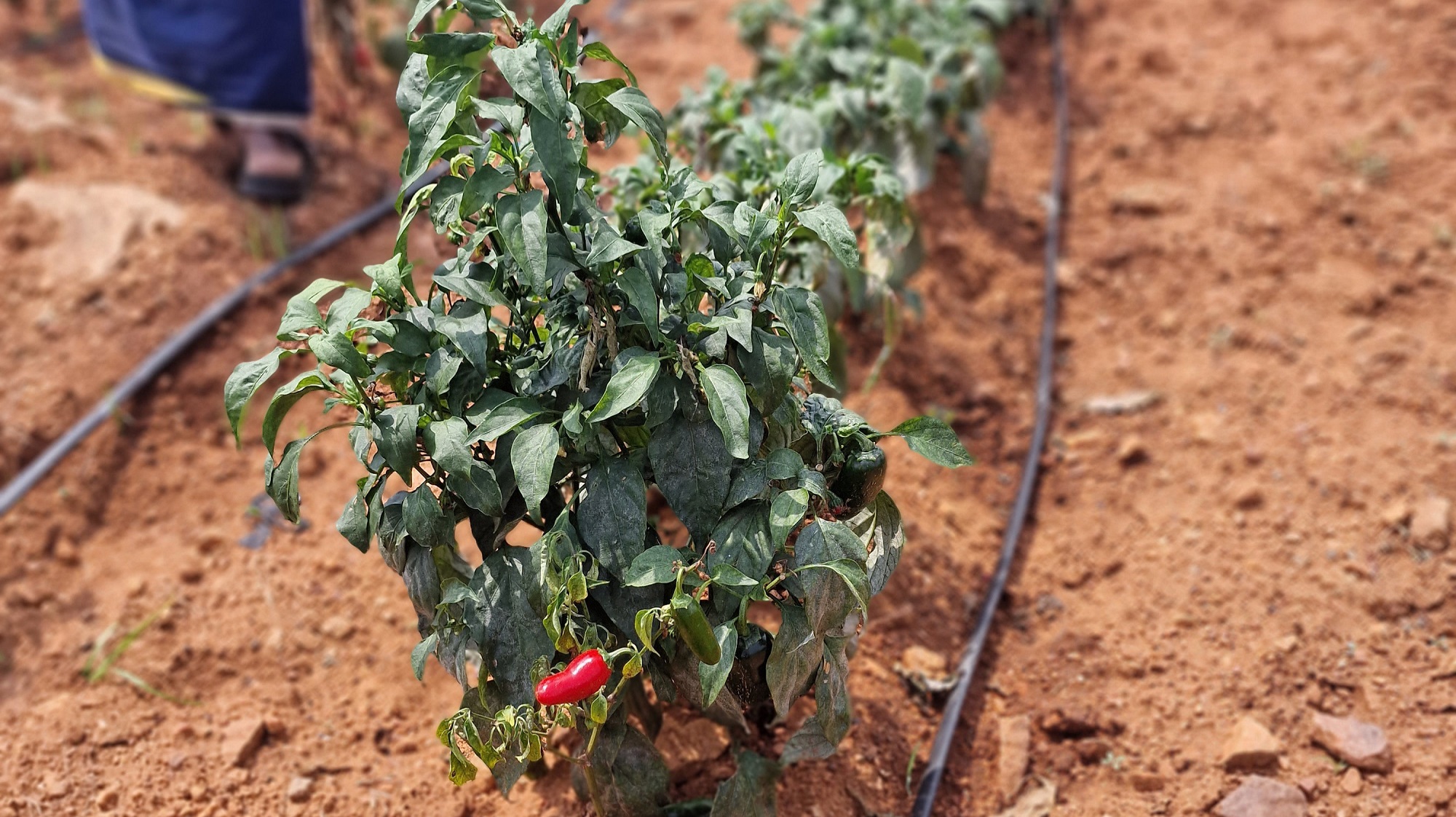
Stopping the climate change
Precise irrigation and fertilization contribute to the increase of species diversity (biodiversity) in the soil and also above the ground. As a result, the upper layer of the soil, the humus layer, can store more climate-damaging carbon dioxide (CO2), thereby making a significant contribution to stopping climate change. Because the humus layer can store 4x more CO2 than all trees and 2x as much as the atmosphere.
The higher crop yields create a solid income for smallholder farmers so that they can do their work with dignity, for all of us. Because they play a key role in stopping climate change.
Technology in harmony with nature.
Recognize
what plants need
at any moment
and from anywhere.
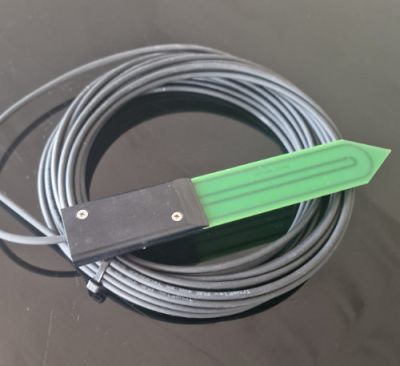
Sensor for moisture and temperature
The SMT100 is a soil moisture sensor capable of measuring soil moisture and soil temperature. It is a maintenance-free capacitive sensor. The material is an extremely robust polyurethane. Due to the design, the sensor has a very high measurement signal frequency (> 150 MHz) and ist therefore very insensitive to the electrical conductivity of the soil. The sensors can therefore easily be used even with increased conductivity (e.g. due to fertilizer).
The temperature is measured by an additional integrated temperature sensor. The temperature sensor is located in the black sensor housing. In order to be able to measure the ground temperature, the entire sensor including the black housing must be inserted into the ground.
The cable length is 10 m, so that we can also insert the sensors into very deep root areas. We connect it with a RS485 Modbus interface with an microcotroller ESP32 from Espressif Systems.
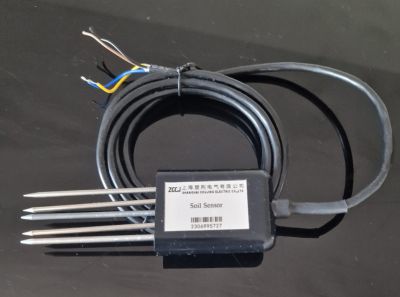
NPK-Sensor
This sensor measures important properties of the soil: Temperature, humidity, nitrogen, phosphorus, potassium and pH. It has high accuracy for a variety of soils. The procedure for measuring soil moisture complies with current international standards. It can be buried in the ground for a long time, is resistant to long-term electrolysis, corrosion-resistant, vacuum potted and completely waterproof. The sealing material is ABS plastic, epoxy resin. It is waterproof to IP68.
The cable length is 3 m, so that we can also insert the sensors into deep root areas. We connect it with a RS485 Modbus interface with an microcotroller ESP32 from Espressif Systems.
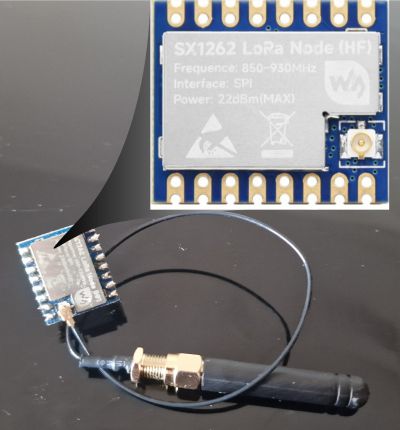
Data transfer to the cloud
The data transmission of the sensor measured values takes place wirelessly via radio. The programmable electronic component LoRa SX1262 is ideally suited for this purpose.
- Radio transmission with a range of up to 20 km
- Extremely power-saving, only about 1.3 μA in sleep mode, so that operation with solar cells is possible.
- The frequency range can be programmed, thus all allowed frequencies can be used, including the special and narrow range for India from 865 MHz to 867 MHz.
- Cost-effective component that is easy to obtain.
It takes a lot of helping hands.
Please support smallhoder farmers
in the Globals South with your donation.
Smart Farming gGmbH is a registered, non-profit organization
controlled by the German tax authorities.
We are authorized to issue you a donation certificate.
